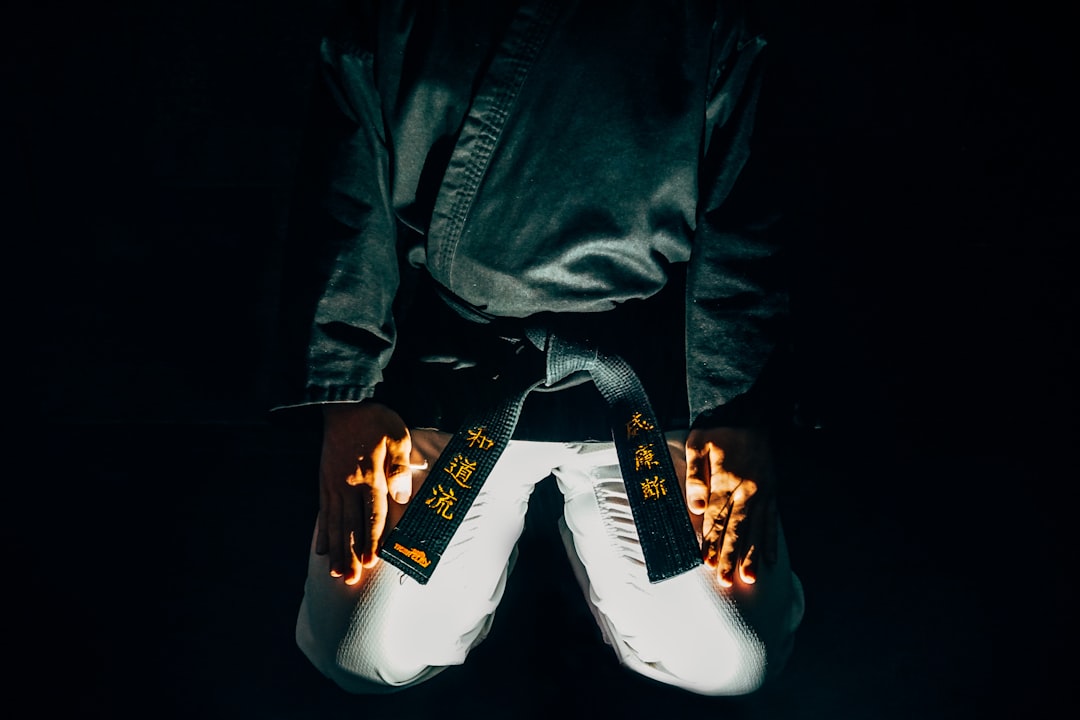What is it about?
This article looks at use of baskets made by Coushatta women by tribal leaders as political tools to demonstrate American Indian identity and community self-sufficiency. These efforts helped the tribe achieve re-recognition from the federal government in 1973. In turn, the tribe's relationship with the Indian Arts and Crafts Board made Coushatta basketry more profitable.
Featured Image
Why is it important?
The role of art as a political tool to achieve federal recognition is a new area of research, and the essay highlights the role of indigenous women on that process in a way not yet explored by many authors.
Perspectives
The idea for this article came from working three years with the Coushatta Tribe of Louisiana. During that time, I realized the importance of basketry to the tribe and its cultural, economic, political, and social impact.
Dr. Jay Precht
Pennsylvania State University
Read the Original
This page is a summary of: Coushatta Basketry and Identity Politics: The Role of Pine-Needle Baskets in the Federal Rerecognition of the Coushatta Tribe of Louisiana, Ethnohistory, January 2015, Duke University Press,
DOI: 10.1215/00141801-2821670.
You can read the full text:
Contributors
The following have contributed to this page










